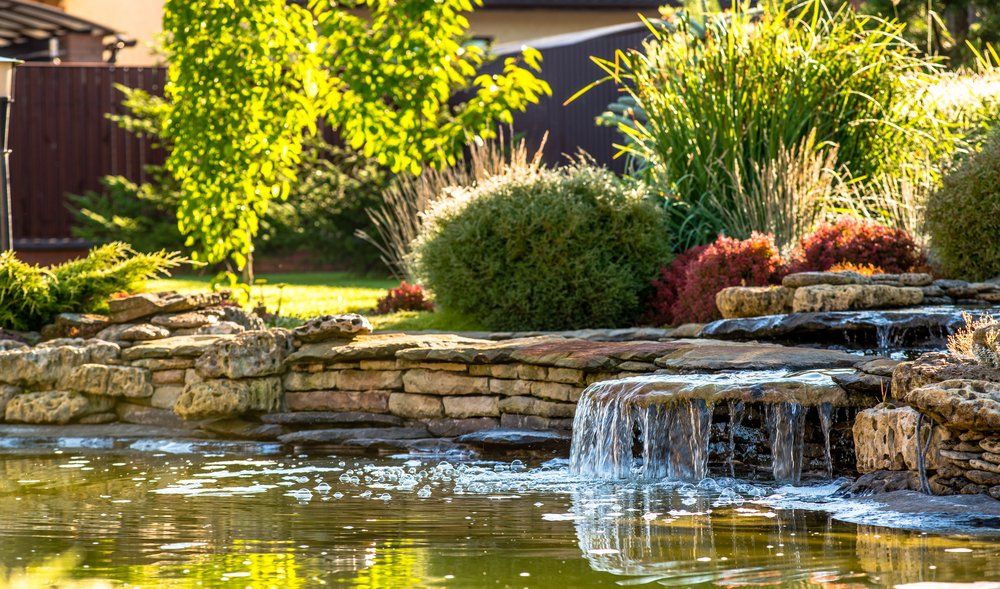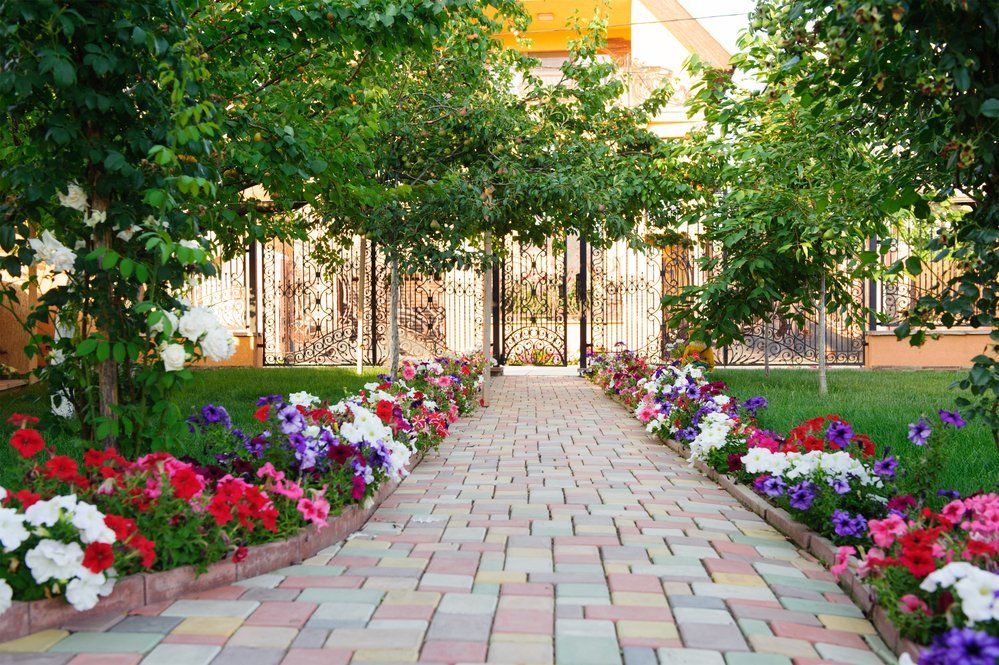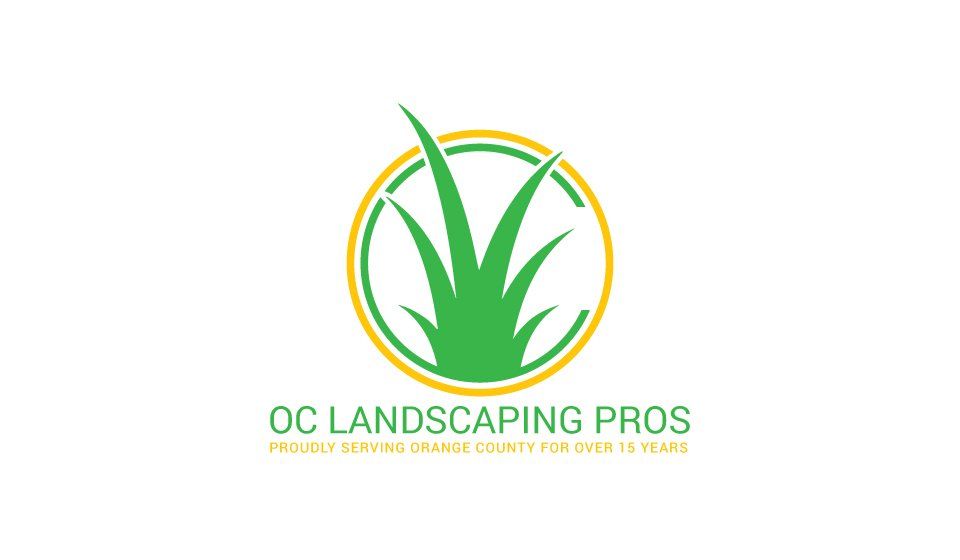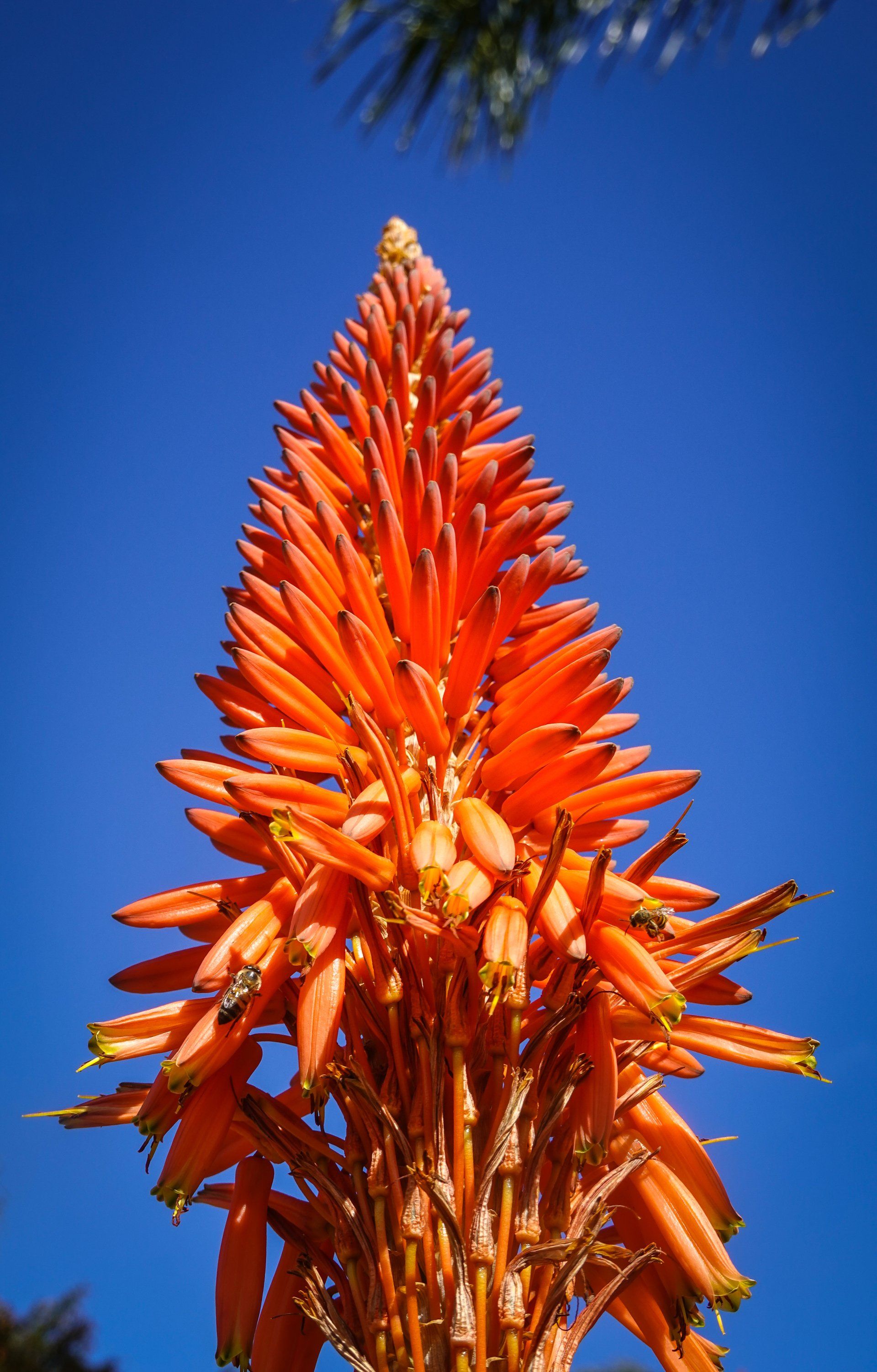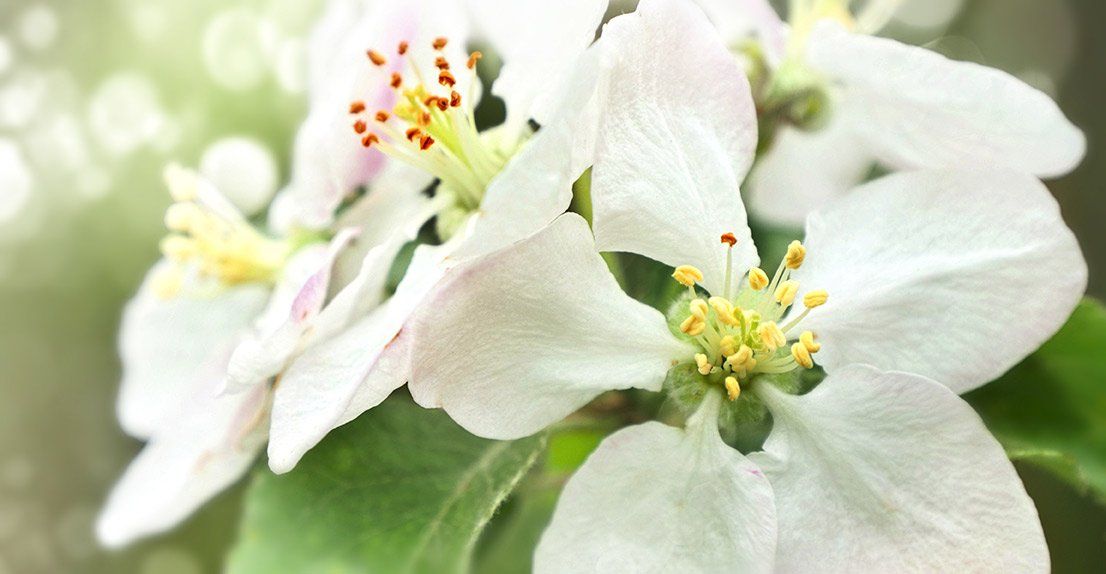How Often Should You Water Newly Installed Landscaping?
How Often Should I Water My New Landscape?
The frequency of watering your new landscaping will depend on the type of plants that you have
The type of plants that you have in your new landscaping will determine how often it needs water. There are two broad types of plants that you can use to make up a landscape design, drought-tolerant and non-drought tolerant plants. Drought tolerant plants require less watering than non-drought tolerant varieties because they do well with very little rainfall or irrigation.
Different types of plants have various types of root systems. For example, plants that grow at ground level often have a shallow root system and will need less water than those with deep roots.
Grasses require more frequent watering because they are constantly growing in height. Drought-tolerant grasses make up for the lack of moisture by being able to go dormant during drier months when they don’t
Trees and shrubs have deep roots. These plants are going to require more water than other types of landscape design such as flowers or lawns.
The amount of water each plant needs will depend on the climate, angle of sunlight to the soil surface, and type of root system.
Low Water Use Plants
Plants with shallow root systems such as succulent plants, perennials, some annuals, and citrus trees will require less water. These types of low water use plantings typically require only one inch of water per week. These types of plants can grow roots quite quickly and will need to be watered less because they are not as impacted by drought conditions.
This is why if you are new to DIY landscaping planting a lot of low water use plants is a good idea. This is because they require much less care just after being planted.
Low water-use plants are not only great for beginners but they are also a good idea if you want to create more drought-tolerant landscaping. These types of plants will require less care and occasional watering just after being planted.
High Water Use Plants
High water use plants like ferns or ivy, will need to be watered more often. These types of plants may require up to five inches per week or even six inches in warm climates where water is scarce.
Some high water use plants such as ferns or ivy, can grow roots quickly and will not be affected by drought conditions like other plants because they are high maintenance requiring frequent irrigation. While established high water use plants aren't that much trouble you may want to consider your watering costs for getting them to establish roots.
New landscaping needs lots of care and watering during the first few weeks until it establishes strong roots that can help resist drought conditions. This is especially true for high water use plants. The best way to tell if new landscaping is receiving enough water is by observing how much soil moisture there is at the surface.
Newly Planted Trees and Shrubs Watering Tips
Newly planted trees and shrubs offer a particular challenge when trying to determine a watering schedule. Trees and shrubs need a significant amount of water in the beginning. Eventually, established trees and shrubs are able to withstand drought conditions better but in order for this process to take place, you must watch your plants closely during the first few months after planting when their roots are establishing.
To avoid over-watering new landscaping keeps an eye on how much water is evaporating from the surface of plants every day. If it looks like there is no evaporation then go ahead and water to make sure all plant roots are receiving moisture.
If the area where you planted has been under drought conditions for some time then wait until after rainfall before watering new landscaping so that they have enough time to get strong root establishment first. This will reduce their chance of being damaged by over-watered conditions. If you are unsure if your watering schedule is correct and you are located in the Orange County, CA area go ahead and contact OC Landscaping Pros today.
Quick Tip - Check the Soil with Your Finger
If you are wondering how often should you water new landscaping, a good tip is to check the soil with your finger to see how moist it is. The soil should be damp but not saturated and the roots will need to grow down through that layer of moisture in order for them to get enough water. While you want to make sure that you water deeply you don't want to overwater. This is because your plants can develop root rot which can be detrimental to the plant's health. This is why you should check the moisture with your finger regularly.
Quick Tip - Check for Wilting
Another way to tell if the new landscaping is being watered enough is by looking for wilting. If there are plants that start showing signs of wilting then it's a good indication that they need to be watered more often or in some cases, at all. Newly planted trees can be especially susceptible to wilting so it's important to keep an eye out for this.
Check Your Irrigation System After Bad Weather Storms
Strong weather can damage your irrigation system, it's important to check your irrigation system after a bad weather storm. If your sprinkler system has a leak it can overwater your landscaping and give them too much water. Again, this could cause root rot or oversaturate your soil. It's important during the early stages after you have planted new landscaping that you check the irrigation system often for any leaks.
Consider the Amount of Sunlight that Each of Your New Plants Require
If you are adding new plants to your landscape, it's important to know the amount of sunlight each type of plant needs. Some plants may need more or less water depending on how close to the ideal sunlight that plant is receiving. For example, trees need more water when they are in direct sunlight as opposed to a shade. This is because the heat from the sun causes lots of the water in the ground to evaporate.
Conclusion
Plant watering frequency varies depending on the type of plants that you have. Low water-use plants typically only need to be watered once a week, while high water-use plants may require daily watering during hot and dry weather conditions. If your new landscaping is not getting enough moisture, check for wilting or other signs of under-watering. It’s important to regularly check your irrigation system after bad weather storms as well so it can function at its best capacity when needed most. When planting a garden in an arid climate like Arizona or California, consider how much sunlight each plant will receive throughout the day and what their needs are before making decisions about where they should go and how often they should get watered.
